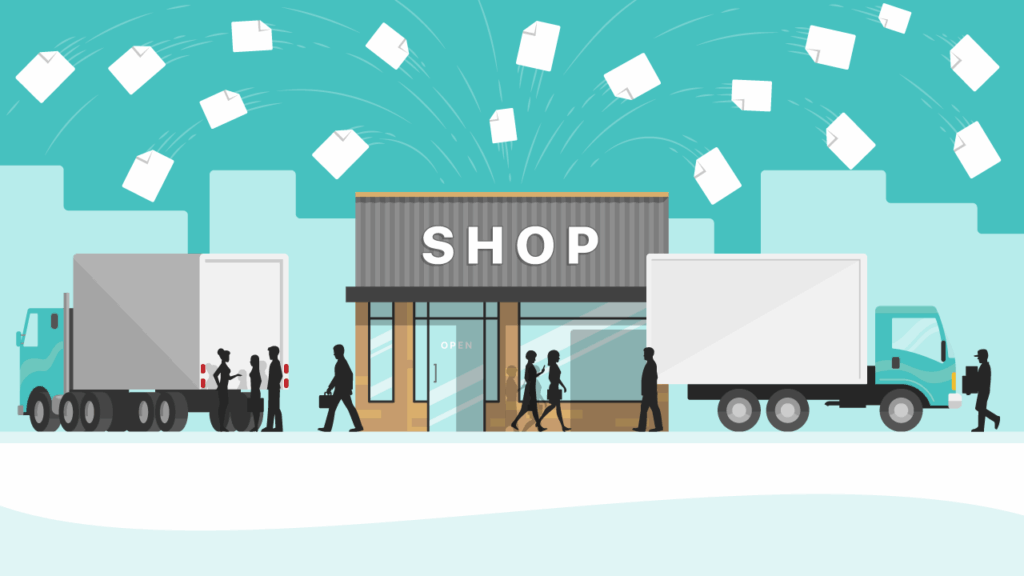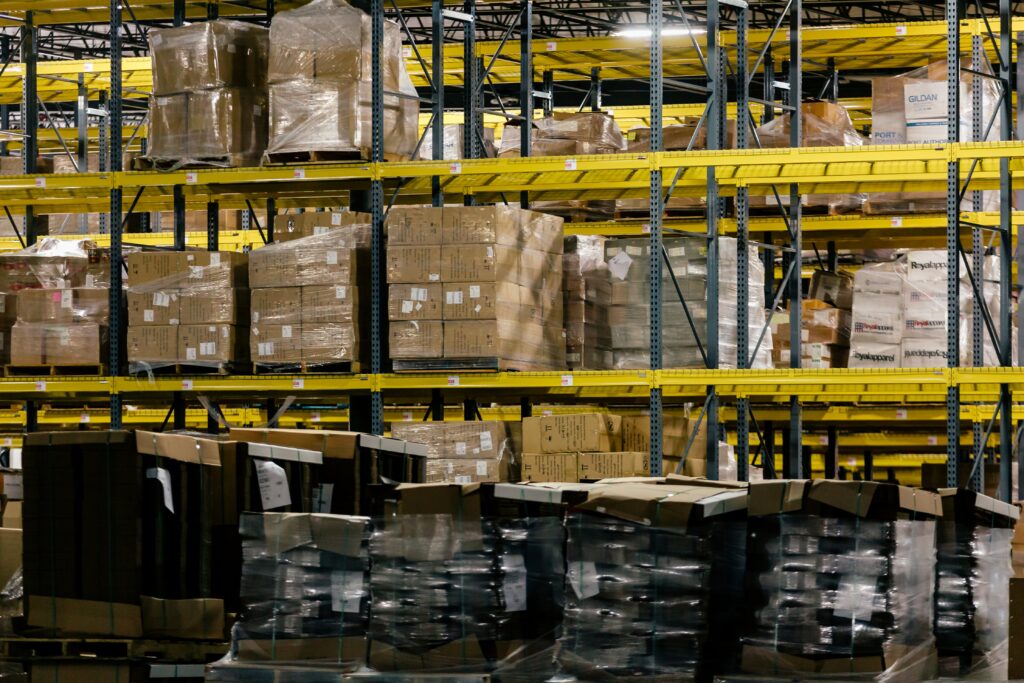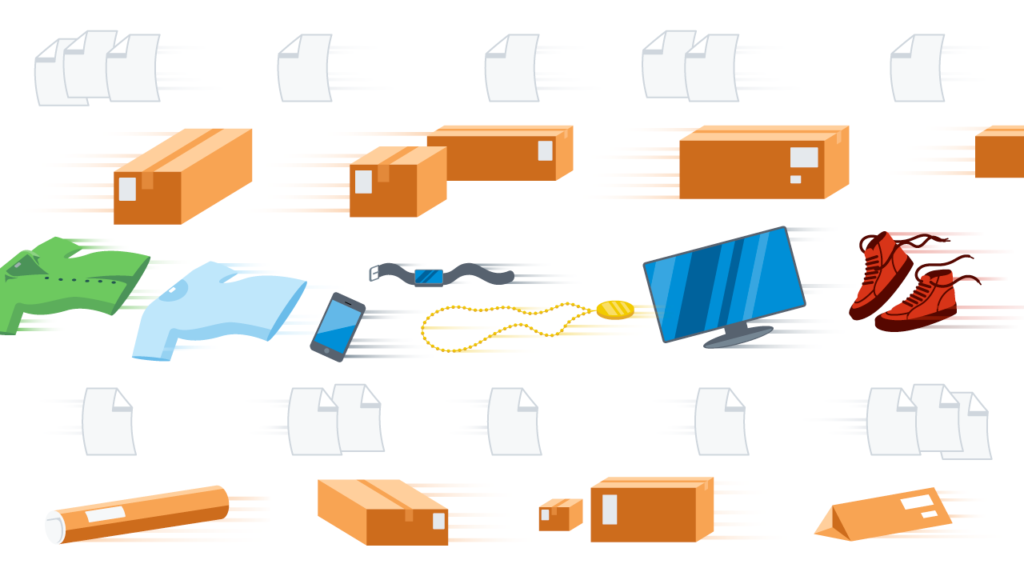What is Ecommerce Automation? Unleash Efficiency
Running an online store means juggling a dozen tasks, from processing orders to talking to customers and keeping products in stock. When these tasks pile up, they slow growth and take time away from more impactful ideas.
Ecommerce automation eliminates the busy work so you can focus on growing your business. While software does the repetitive tasks, you focus on strategy, innovation, and what moves the needle.
Want to see how it all works in practice? Here’s what ecommerce automation means and how it helps online stores scale faster and channel energy into high-impact work.
Get MESA and start automating your ecommerce store. 7-day free trial.
Topics:
What is ecommerce automation?

Ecommerce automation uses technology, usually software or dedicated platforms, to automate the routine and repetitive tasks of running an online store. Instead of typing out the same emails, tracking every order by hand, or updating product information across multiple channels, automation tools do the heavy lifting. These systems work in the background, keeping things efficient without constant supervision.
At its core, ecommerce automation combines the different parts of your business workflow. For example, when a customer places an order, automation can update inventory, send a personalized email, and pass the order details to a shipping partner with no extra clicks required. By setting up rules and triggers, you can decide when and how these processes run, skip the manual steps, and reduce the chance of errors.
What sets automation apart is that it frees up time and brainpower. With it, you can spend less energy on everyday chores and more on strategic moves that drive growth. Automation speeds things up and creates a more reliable and consistent experience for staff and customers. These solutions open up more agile and scalable digital storefronts.
Key areas of ecommerce automation
Order processing and fulfillment

Automated systems instantly recognize and assign new orders to the correct fulfillment location, whether a warehouse, third-party logistics provider, or dropshipping partner. This seamless routing means every order gets to the right hands without delay or oversight. Packing slips, shipping documentation, and courier notifications are produced and sent to partners and customers with no manual input, keeping fulfillment fast and organized.
Inventory levels reflect stock status across every connected sales channel as soon as a transaction is completed. Instead of reconciling numbers at the end of the day, you always get accurate inventory visibility, which helps avoid common pitfalls like double selling or stockouts. This makes multi-channel growth and managing product availability much easier.
Try these workflow templates:
MESA Template ID
send-shopify-orders-to-google-sheets
MESA Template ID
create-asana-task-for-new-shopify-order
MESA Template ID
tag-shopify-order-with-shipping-province-or-state
Customer communication and support

Every touchpoint in the customer journey can have an automated response. Customers get real-time updates from order receipt to shipping progress, each message reflecting their purchase details and preferences. After the sale, automation can send a thank-you note, a satisfaction survey, or personalized recommendations for future purchases.
Virtual assistants and self-service portals help customers find answers anytime and resolve FAQs like return policies or payment options. More complex requests can be flagged and escalated so the right issues get to the right person. Targeted email campaigns triggered by browsing or purchase behaviour keep communications relevant and improve engagement without manual segmentation.
Try these workflow templates:
MESA Template ID
tag-shopify-customer-on-specific-product-purchase
MESA Template ID
add-free-product-to-first-time-shopify-order
MESA Template ID
store-new-shopify-customers-in-database
Inventory management and restocking

With the right automation, keeping products in stock becomes a proactive process. When an item runs low, automated alerts notify you or place a reorder with suppliers so popular products stay in stock. These triggers adapt in real time to changes in sales velocity or seasonality to reduce excess inventory and prevent missed sales opportunities.
Inventory management also benefits from automation. New prices or updated descriptions push out across all platforms simultaneously, keeping everything consistent and accurate everywhere customers shop. Updates to inventory counts after returns, restocks, or transfers sync automatically, giving a single view of available products and enabling better planning for promotions or high-demand periods.
Try these workflow templates:
MESA Template ID
update-shopify-inventory-when-square-order-created
MESA Template ID
send-slack-alert-when-product-out-of-stock
MESA Template ID
shopify-inventory-updates-from-csv-on-ftp-server
Benefits of ecommerce automation
Letting technology do the routine jobs pays off in several ways. One benefit is that operational costs decrease as technology handles bulk tasks that once required hours of manual input. This operational shift reduces the chance of human error and keeps critical processes on schedule, freeing up time for you to focus on innovation, merchandising, or partnership opportunities.
Automation brings consistency to the customer journey from browse to unbox. Customers see accurate stock availability, get updates at every stage of fulfillment, and receive communications tailored to their preferences or purchase history. Automated responses and support tools create a sense of reliability, while targeted post-purchase emails and offers build loyalty.
With automation in place, scaling up is much less daunting. You can add more products to your catalog, enter new sales channels, or launch limited-time offers without sacrificing accuracy. As new orders and customer data come in, automation platforms keep everything in sync across systems so businesses can keep momentum, whether handling day-to-day operations or preparing for a surge in demand.
Ecommerce automation tools and platforms
Choosing reliable automation tools means finding solutions that align with your operational goals and the customer experience you want to deliver. Today’s leading platforms approach automation from different angles: some focus on communication, some on logistics, and others provide a central hub to orchestrate entire ecommerce operations.
Shopify merchants can use integrated automation platforms like Shopify Flow or MESA to set up business logic that ties together apps, sales channels, and backend processes with a visual builder.
These apps unlock advanced features like coordinating loyalty programs, scheduling product drops, and automatically managing fraud checks based on store-specific triggers.
Email marketing tools like Klaviyo and Omnisend help merchants create context-aware campaigns using purchase data and engagement signals.
Shipping automation platforms like ShipStation and Easyship help retailers process large order volumes by consolidating carrier options, printing labels in bulk, and facilitating international logistics with customs documentation and tracking tools.
As automation capabilities evolve, merchants gain more control and visibility, enabling agile operations that respond quickly to shifts in demand or customer behavior.
Getting started with ecommerce automation
Getting started with automation begins with a close look at daily operations. Focus on handoffs and processes that slow you down, like reconciling stock after flash sales or coordinating across multiple suppliers during peak demand. Map out the entire customer journey and operational workflow to find friction points and where technology can add value.
With priorities set, the next step is evaluating automation solutions that solve your problems. Explore how each option integrates with your sales channels, payment providers, and support platforms. Look for systems that are flexible and can scale with your ambitions. Choose tools designed for seamless growth, not rigid frameworks.
Work methodically. Start with one process, like automatic low stock notifications or real-time product information syncing, before adding more workflows. This phased approach builds confidence and allows for adjustments. Once set up, regularly review performance data and look for areas to optimise so each new workflow adds measurable efficiency to your business.
Frequently asked questions
Ecommerce automation uses software to automate tasks and workflows through integrations, triggers, and actions. For example, when an order is placed, the system can send it to a fulfillment centre, generate shipping labels, and send confirmation emails automatically.
Order processing, fulfillment, customer communication, inventory management, product updates, and marketing campaigns can all be automated. Especially tasks that are repetitive and follow a set of rules.
Automation benefits customers with faster order processing, timely updates, personalisation, and consistency. Features like automated shipping notifications and chatbot support keep customers informed and engaged.



